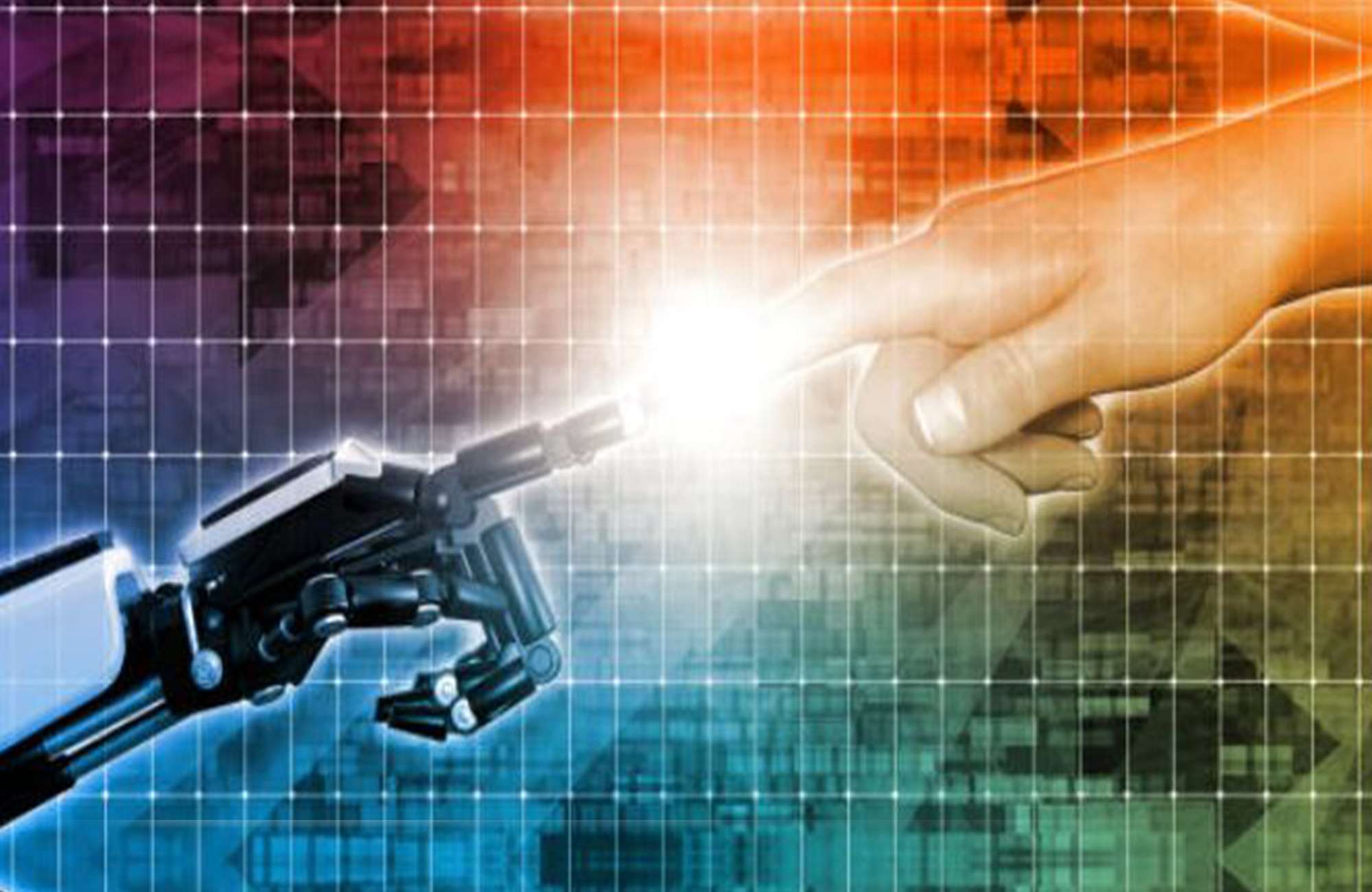The Synergy of Human Designers and AI: Unleashing the Power of Collaboration
The integration of human designers and artificial intelligence (AI) has changed the game in the ever-changing world of design and technology. A new age of design possibilities has been opened up by the idea that human creativity and AI’s computing capability may work in harmony. We may achieve previously unattainable levels of invention, efficiency, and problem-solving skills by combining the distinct advantages of both. In this post, we’ll examine the possibilities of this partnership and the outstanding results it might produce.
Enhancing Creativity and Inspiration
Even while AI might seem like an odd partner for human designers, it has shown to be a useful tool for boosting creativity and sparking fresh ideas. Huge data sets can be analyzed by AI algorithms, which can also discover patterns and produce insights that human designers would miss. AI can process this data to give designers important inspiration, enabling them to explore novel design possibilities, unearth novel viewpoints, and push the frontiers of their creativity.
Is a UX Designer a Good Career Choice?
Moreover, AI-driven design tools can help designers quickly produce initial design concepts and iterations. By automating routine processes, these technologies provide designers more time to concentrate on more intricate and strategic elements of the creative process. Designers can work more quickly and effectively using AI, enabling more experimentation and discovery.

Optimizing Design Processes
Design is not just about creativity; it also involves meticulous planning and problem-solving. Here, AI can shine by offering its analytical capabilities to optimize design processes. For instance, AI algorithms can analyze user data and behavior to provide valuable insights into user preferences and needs. By understanding user patterns, AI can help designers create more user-centric designs, improving the overall user experience.
Additionally, AI can contribute to streamlining design workflows. For instance, AI-powered algorithms can automate repetitive responsibilities like picture processing, layout design, and color selection, allowing designers to allocate their time and power to greater important choice-making. This automation can notably grow productiveness and efficiency within the design procedure, leading to faster turnarounds and decreased costs.
Augmenting Human Capabilities
One of the maximum interesting components of the collaboration among human designers and AI is the capacity to enhance human capabilities. Even as AI excels in facts analysis and pattern popularity, human designers possess innate features like intuition, emotion, and contextual expertise that AI lacks. By combining those strengths, we will gain outcomes that surpass what either birthday party could accomplish for my part.
For instance, AI algorithms can analyze vast amounts of statistics and generate layout recommendations based on personal possibilities. Human designers can then refine those tips, infusing their artistic sensibilities, and thinking about the wider context of the layout hassle. This symbiotic courting empowers designers to create designs that aren’t the handiest visually attractive but are additionally meaningful and resonant with the audience.
Ethical Considerations and Responsible Design
As we embrace the potential of AI in design, it is crucial to consider the ethical implications and ensure responsible design practices. Human designers play a pivotal role in ensuring that AI algorithms are trained on diverse and inclusive datasets. By infusing human values and ethical considerations into the design process, we can prevent bias and discrimination that AI algorithms might inadvertently perpetuate.
Furthermore, the collaboration between human designers and AI should emphasize transparency and explainability. Designers should be able to understand and interpret AI-generated recommendations to ensure that they align with their creative vision and the desired outcomes. By promoting transparency, we can maintain the integrity of the design process and build trust between designers, AI systems, and end-users.
At last
The synergy between human designers and AI holds tremendous potential for the future of design. By leveraging AI’s computational power and human designers’ creativity, we can unlock new realms of innovation, efficiency, and user-centricity. The collaboration between these two forces allows for enhanced creativity, and optimized design.











